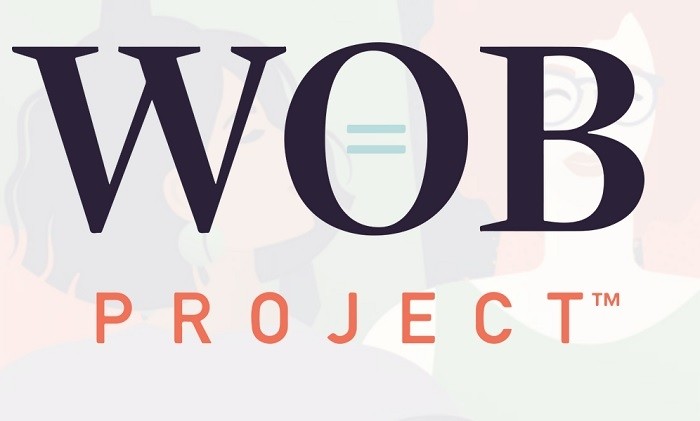Women on Boards Project addresses the mismatch between CPG consumers and board makeup

The disconnect also holds women back by reducing their visibility and experience with leadership roles that lead to C-suite level positions, add WOB board members Sheryl O’Loughlin, former CEO of REBBL Inc. and Clif Bar, and Cassie Nielsen, VP of talent at VMG Partners.
They explained to FoodNavigator-USA that this creates a lose-lose proposition for companies and women that WOB hopes to tackle with a new initiative that encourages greater gender diversity on boards.
“There is kind of endless evidence and research around how more diverse teams are stronger, and the performance of companies where there is at least one woman on the board has shown to be stronger,” Nielsen said. And yet, she added, “if you look at the current state, unfortunately, there are more board members named John than there are women. So, we really wanted to find a way to address that and bring more diversity to consumer company boards.”
As part of the WOB Project announced late last month, the nonprofit is teaming with private equity firms and an inaugural group of 20 companies that are committed to adding at least one woman and more diversity to their boards.
WOB will help the cohort pro bono identify women who are “strong, diverse candidates for their boards,” Nielsen said.
By tapping a broad cross section of the investment community and teaming with theboardlist, which includes a database of 14,000 women, the initiative has access to a “broad and deep” pool of candidates to place on boards, she added.
WOB Project will comb through these lists to find five to 10 candidates that fit participating companies’ criteria for their boards. It also will work with companies to create a candidate scorecard, compensation parameters and interview and research strategies, Nielsen said.
While the initiative is focused on bringing more women to the table, O’Loughlin said it also wants to add racial diversity to boards and ensure that the women it helps place are not simply tokens.
Why now?
The board launched the initiative at a time when other influencers are making a concerted effort to dismantle the prevalence of all male boards.
For example, earlier this year, Goldman Sachs announced that beginning July 1 it will not take a company public unless it has at least one woman or non-white board member.
Increasing the number of women on boards not only helps companies, it also can help women accelerate their careers, Nielsen said, citing research that found women with board experience were more likely to land CEO jobs.
Beyond opening doors, participating on a board can give women a “feeling of legacy that you are handing off knowledge and guidance that helps these companies survive,” said O’Loughlin, who added that it can create a “deep, deep satisfaction or reciprocity.”







